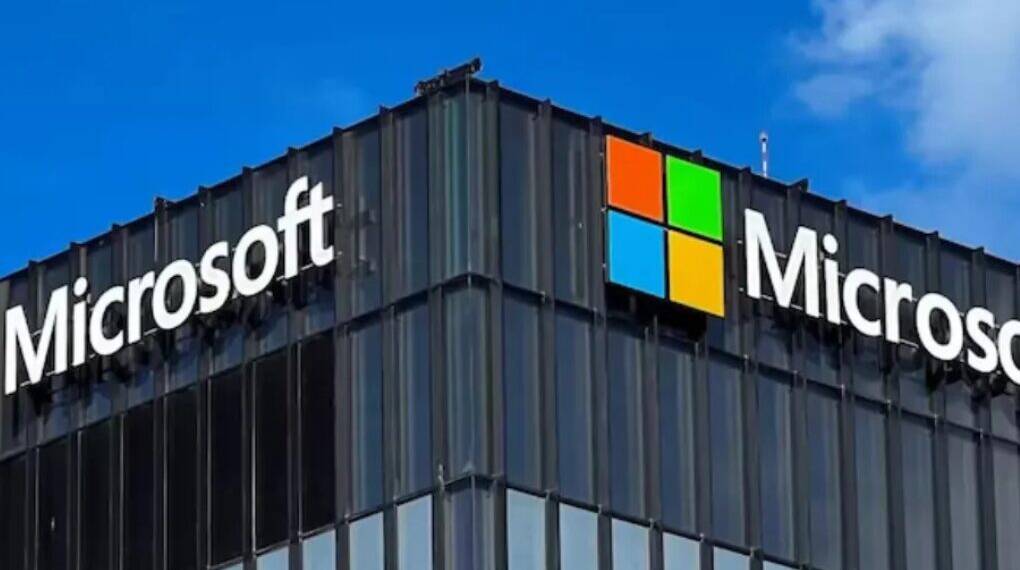In a move that shook the tech world, Microsoft has laid off approximately 3% of its global workforce — an estimated 10,000 employees — in what one company executive described as a “day with a lot of tears.” While official statements attribute the decision to strategic realignment, insiders and analysts point to a deeper and more disruptive undercurrent: the accelerating role of artificial intelligence in replacing human jobs.
This latest round of layoffs comes just months after Microsoft doubled down on its investments in AI, including its deepening partnership with OpenAI, the integration of Copilot into Microsoft 365, and the expansion of generative AI tools across Azure and its developer ecosystem.
AI as Reshaping Force in the Tech Sector
While Microsoft has not publicly attributed the layoffs directly to AI, the timing and internal restructuring patterns suggest a telling narrative. Many of the affected roles, particularly in support functions, content creation, quality assurance, and operations, are increasingly being augmented or replaced by AI-powered tools.
“AI is no longer just a tool for productivity; it’s becoming a core operational asset,” said a former Microsoft engineer who was affected by the layoffs. “Teams that used to require dozens of people are now being supported by one engineer and a few AI systems.”
Industry analysts agree. “We are seeing a classic case of technological displacement,” said Dr. Meena Varma, a tech labor economist. “AI has moved from being experimental to essential, and organizations are quickly recalibrating their workforce around this shift.”
A Pattern Emerging Across Big Tech
Microsoft is not alone. Google, Amazon, Meta, and others have also undergone job cuts, citing efficiency and innovation priorities, terms increasingly synonymous with AI integration. As companies automate tasks ranging from coding to customer service, many mid-level and support jobs are being rendered obsolete or significantly reduced.
The introduction of generative AI systems like ChatGPT, Copilot, and other automation frameworks has meant that jobs in content moderation, documentation, helpdesk support, and even code testing are being reassessed. What once required human teams is now often handled by a combination of algorithms and a small number of overseers.
A Double-Edged Sword
While AI boosts productivity and slashes costs, it also raises serious concerns about workforce displacement, upskilling challenges, and the future of job security. Microsoft’s tools are helping businesses do more with less, but that comes with social consequences.
Ironically, the same company that is leading the AI revolution is now seeing its human workforce reduced because of it. Employees have voiced mixed feelings—pride in contributing to cutting-edge innovation, but anxiety about the cost to their careers and colleagues.
What’s Next for Workers?
Microsoft has stated that it will provide severance, career transition assistance, and job placement support for those affected. However, the broader question remains: how will the tech workforce evolve in the age of AI?
For now, the message from Redmond is clear—the future is AI-first, and companies must adapt accordingly. As machines take on more of the work, the human role is shifting from execution to oversight, creativity, and strategic thinking.
But for thousands of former employees, this future arrived too soon—and with it, an unsettling realization that even in tech, no job is immune to automation.








